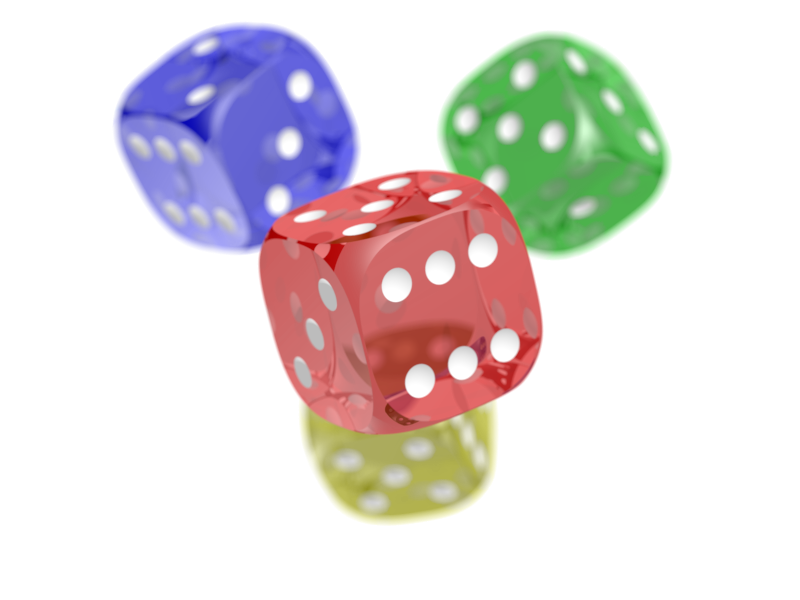Experimental and Theoretical Probability 5
This is the fifth and the final part of the Experimental and Theoretical Probability Series. In this post, we are going to summarize what we have discussed in the previous four posts, and we are going to talk about some real-life applications of experimental and theoretical probability.

Standard Cubical Dice
Experimental Probability, as we have discussed in the fourth part of this series, may be obtained by conducting experiments and recording the results. It is the ratio of the number of times an event occurs to the total number of trials. In the first part of this series, we experimented rolling to dice 1000 times (via a spreadsheet) and we tallied the sums. We recorded the that sum 2 occurred 29 times out of 1000 trials. We can say that the experimental probability of getting a 2 from that particular experiment is 29/1000. » Read more